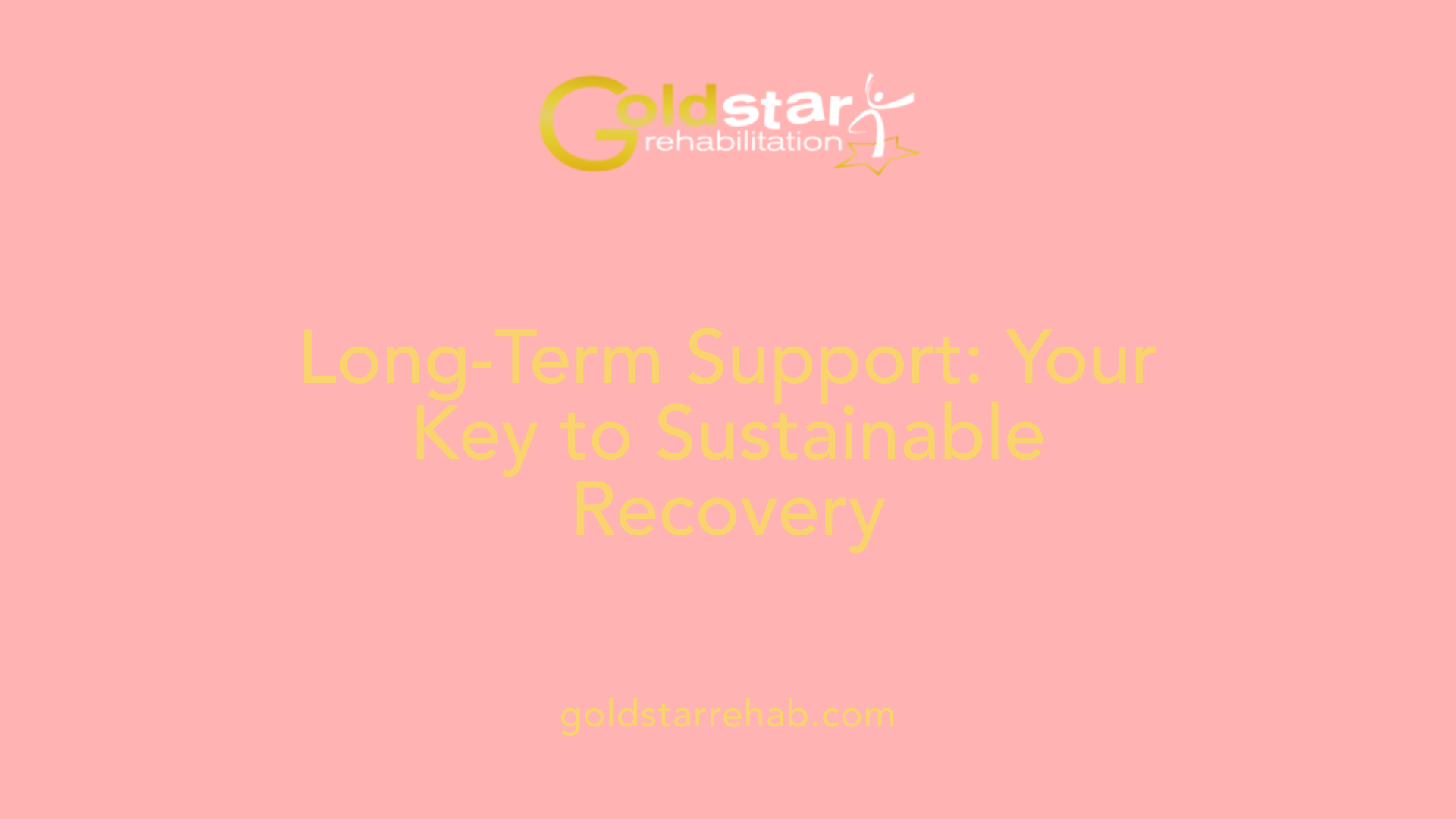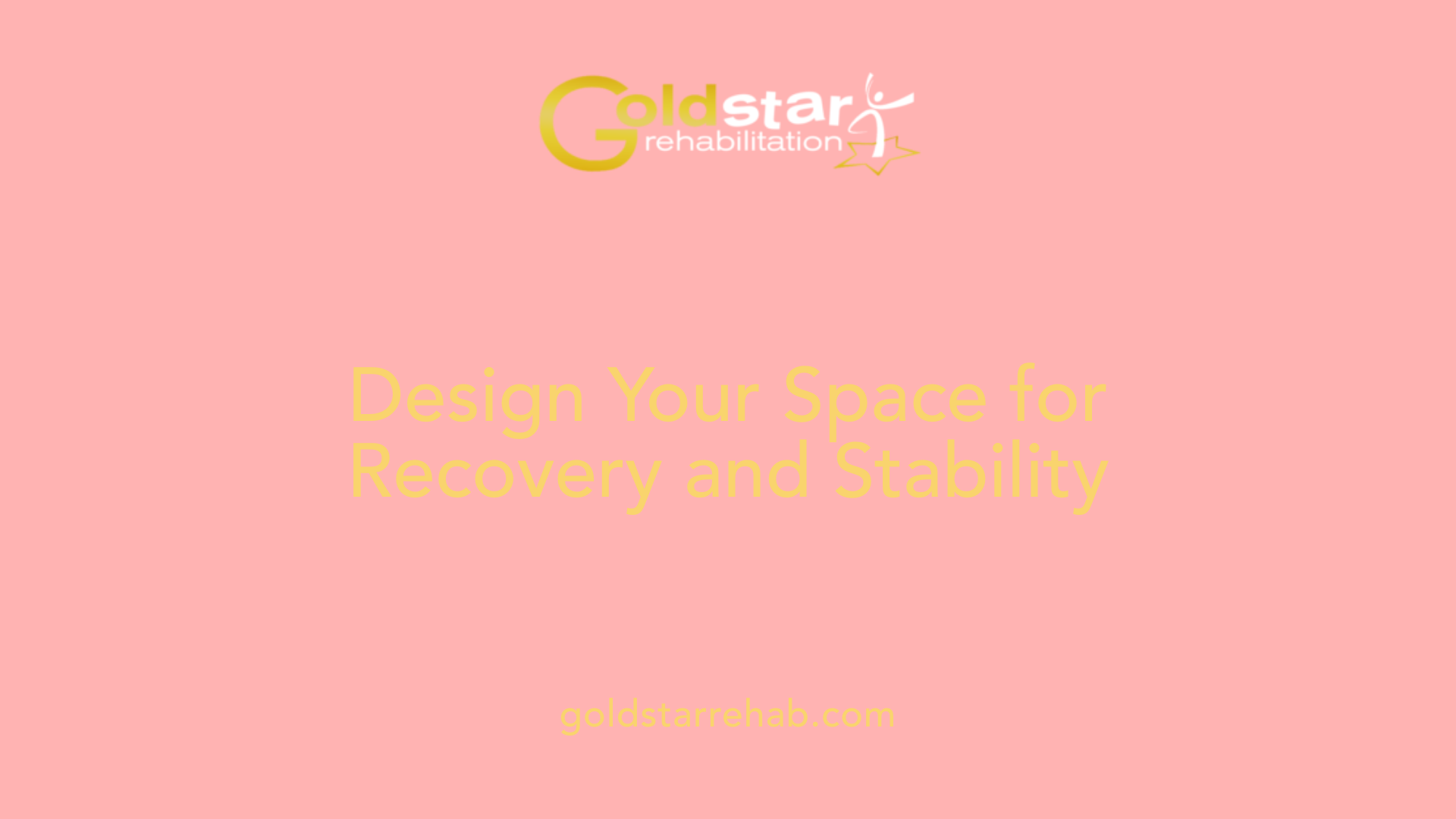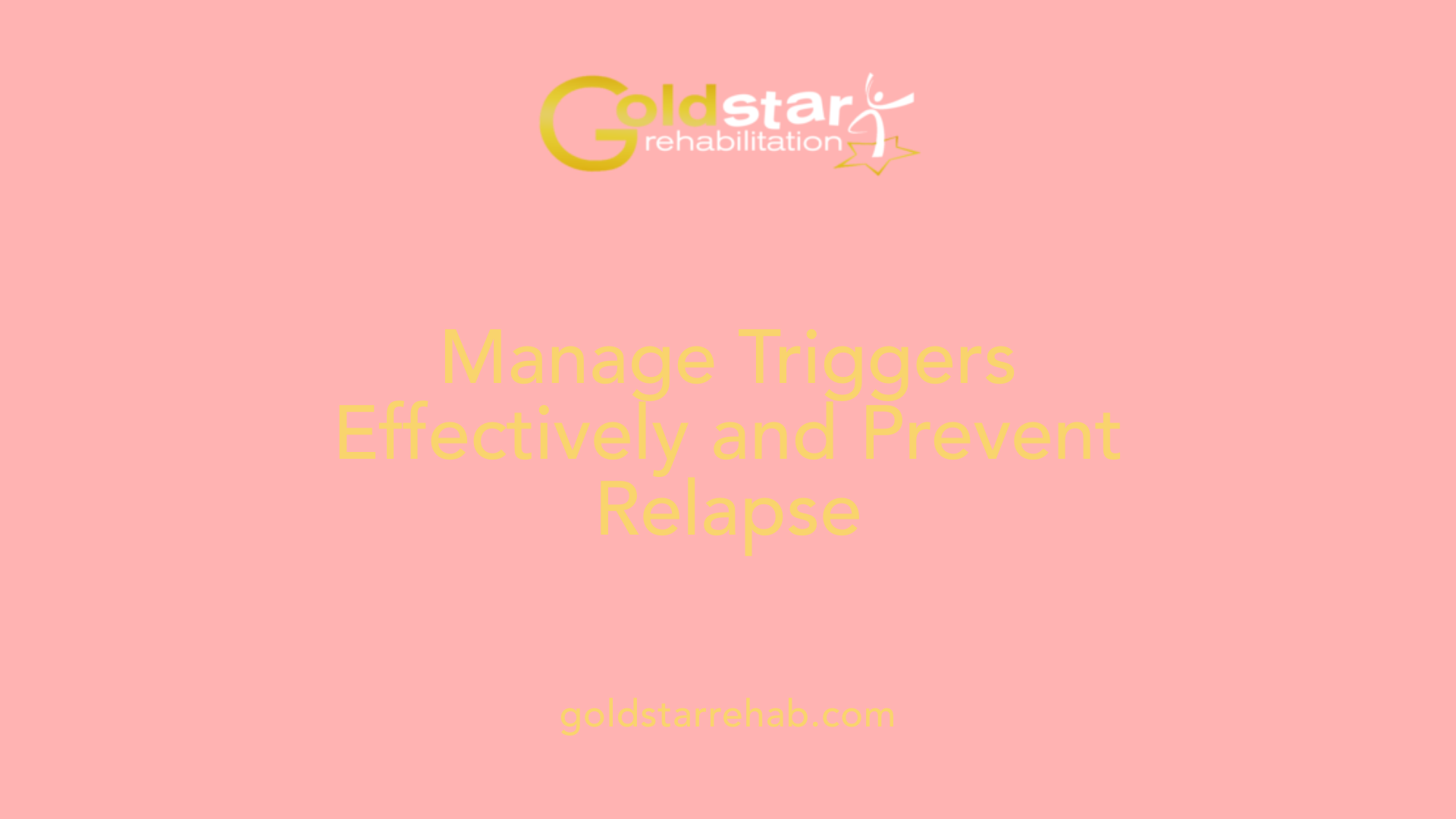How to Transition from Rehabilitation to Everyday Life
Supporting Long-Term Recovery: Strategies for Reintegration
Table of Contents
Navigating the Path from Rehab to Routine Life
Transitioning from rehabilitation back into everyday life is a critical phase in the recovery journey. This period requires careful planning, emotional resilience, and the establishment of supportive systems to ensure long-term sobriety and mental well-being. This article guides you through effective strategies, practical steps, and essential considerations for a successful transition, emphasizing personalized support, healthy routines, and managing potential challenges.
The Foundation of Effective Aftercare and Support Systems

What strategies support mental health and well-being in everyday life after rehab?
Supporting mental health after rehab involves a combination of ongoing professional support and personal routines. Regular therapy sessions, counseling, and participation in support groups like Alcoholics Anonymous or Narcotics Anonymous help maintain accountability and provide a sense of community. Creating a healthy daily routine that incorporates physical activity, mindfulness techniques such as meditation, and balanced nutrition helps build mental resilience.
Engaging in new hobbies, volunteering, or pursuing educational goals can restore purpose and confidence. Managing triggers and cravings is crucial, so developing coping strategies—like practicing mindfulness, reaching out to support networks, or staying busy—can prevent relapse. Building supportive relationships with healthy, understanding individuals further bolsters emotional well-being.
Addressing emotional needs holistically and creating personalized relapse prevention plans offer long-term stability. Maintaining emotional balance through stress management techniques and ensuring adequate sleep and social connection are also vital for sustaining sobriety.
Creating a Safe and Supportive Living Environment

What practical advice is available for independent living after rehabilitation?
Transitioning back to daily life after rehab can be both exciting and daunting. Practical advice includes choosing a living situation that promotes sobriety and stability. Many recovering individuals find that a substance-free environment, such as a sober living home or a trusted, supportive household, provides the structure needed for continued success.
Sober living homes, in particular, offer a structured community setting where residents participate in group therapy, undergo regular drug testing, and engage in communal activities. These environments foster accountability and provide peer support, which are vital during the early stages of reintegration.
When selecting where to live, consider factors like proximity to support networks, financial implications, and personal comfort. Maintaining routines such as regular meal times, scheduled therapy sessions, and social activities helps create a sense of normalcy.
Responsible management of finances and ongoing participation in support groups or therapy sessions further reinforce independence and sobriety. Building a network of understanding friends, family, and mentors provides emotional backing, making the transition smoother.
Overall, prioritizing a stable, supportive, and substance-free living environment, along with healthy daily habits, sets the foundation for lasting recovery and independence.
What home modifications can support recovery during daily life?
Adapting the home environment plays a crucial role in maintaining sobriety and promoting overall well-being. A safety evaluation by physical or occupational therapists can identify hazards like poor lighting, clutter, or tripping risks.
Implementing modifications such as installing grab bars in bathrooms, ensuring adequate lighting throughout the home, and removing clutter helps prevent accidents and creates a safer living space. Designing quiet, designated areas for relaxation and mindfulness activities can reduce stress and discourage triggers.
It is vital to eliminate substances, paraphernalia, or other triggers from the home to support ongoing sobriety. Creating an organized, calming environment encourages positive routines and minimizes emotional stress.
In addition to physical modifications, establishing a clear routine and dedicated spaces for exercise, hobbies, and self-care promote mental health. These adjustments make everyday living safer, reduce stressors, and reinforce the habits necessary for recovery.
By taking proactive steps to modify the living space, individuals not only improve safety but also foster an environment conducive to healing and long-term sobriety.
Practical Strategies for Long-Term Sobriety and Emotional Resilience

How can triggers be managed, and relapse prevented during reintegration?
Managing triggers effectively is crucial for long-term recovery. This begins with recognizing internal cues such as emotional states—like stress or boredom—and external cues like social settings or environmental factors that may prompt cravings.
A personalized approach is essential. Developing coping mechanisms, such as setting clear boundaries, using distraction techniques, or practicing relaxation skills like deep breathing or mindfulness exercises can help mitigate triggers.
Engaging in ongoing therapy, particularly cognitive-behavioral therapy (CBT), provides tools to identify warning signs early. Recognizing emotional, mental, or physical relapse stages allows individuals to act proactively.
Building a dependable support system through participation in support groups (e.g., Alcoholics Anonymous or Narcotics Anonymous), plus involving supportive friends and family, creates accountability and encouragement.
Practical strategies include maintaining a written list of personal triggers, redefining activities to avoid boredom, and addressing basic needs—like hunger or loneliness—using the H.A.L.T. method (Hungry, Angry, Lonely, Tired). Viewing relapse as a normal part of recovery rather than a failure fosters resilience. This perspective encourages ongoing assessment and updating of relapse prevention plans.
Resources like the SAMHSA Helpline offer additional support, advice, and guidance, helping individuals navigate challenges during reintegration.
What ongoing practices strengthen emotional resilience and prevent relapse?
Building emotional resilience is a continuous process that relies on consistent practices. Regular participation in therapy sessions and support groups keeps coping skills sharp and provides a sense of community.
Establishing and maintaining healthy routines—such as engaging in regular physical activity, eating balanced meals, practicing mindfulness meditation, and ensuring good sleep hygiene—fortifies mental health.
Developing coping skills through hobbies, journaling, engaging in creative activities, or practicing relaxation techniques helps manage stress and negative emotions.
It's important to stay vigilant for early warning signs of relapse—like increased stress, mood swings, or social withdrawal—and seek help promptly.
Celebration of milestones and progress acts as motivation, reinforcing commitment to sobriety.
Maintaining accountability through recovery apps, regular check-ins with mentors, and family or peer support sustains focus and resilience.
Fostering positive outlooks through gratitude and reflection, nurturing connections with understanding peers and mentors, further enhances emotional strength.
What are some key considerations in designing an effective relapse prevention plan?
An effective relapse prevention plan must be tailored to the individual, flexible, and comprehensive. It involves a thorough understanding of personal triggers—whether they are specific people, places, situations, or emotional states—and crafting tailored coping strategies.
The plan should incorporate a strong support network, including licensed therapists, support groups, and trusted loved ones who can provide ongoing encouragement and guidance.
Routine monitoring of mental health status, alongside maintaining engaging activities that promote well-being, helps sustain recovery efforts. It’s also wise to prepare for setbacks with predefined steps for crisis management, such as contact information for emergency responders or mental health professionals.
Tools like journaling, recovery-specific apps, and reminder systems can help keep progress on track. Continual assessment and adaptation of the plan are necessary to address changing circumstances and insights.
In summary, the success of long-term sobriety hinges on detailed planning, active engagement in supportive communities, consistent self-care routines, and a proactive approach to managing triggers and emotional challenges.
Embracing the New Normal for Lasting Recovery
Transitioning from rehabilitation to everyday life is a multifaceted process that demands preparation, support, and resilience. Establishing healthy routines, building robust support networks, and actively managing triggers and emotional challenges lay the foundation for sustained sobriety. Ongoing engagement with therapists, support groups, and community resources fortifies long-term recovery, helping individuals rebuild confidence and purpose. Recognizing setbacks as part of growth, celebrating milestones, and staying committed to personal development are essential steps in embracing a balanced, substance-free life. With careful planning and compassionate support, the journey from rehab to reclaiming life becomes a rewarding path of renewal and empowerment.
References
- Make The Post-Rehab Transition Positive With These Tips
- A Guide to Adjusting to Life After Rehab - Focused Addiction Recovery
- How to Integrate into Everyday Life after Rehab - Studio City Recovery
- Navigating the Path After Short-Term Rehab - Menno Haven
- Transitioning from Rehab to Everyday Life - Good Landing Recovery
- Life After Rehab: Transitioning into A Sober Lifestyle
- Transition from Rehabilitation to Independent Living
- How to Make the Transition Back Into Daily Life After Rehab
- Transitioning Home After Short-Term Rehab: 6 Practical Tips for ...
.png)








%20(1).jpg)




.jpg)





.jpg)

.jpg)











